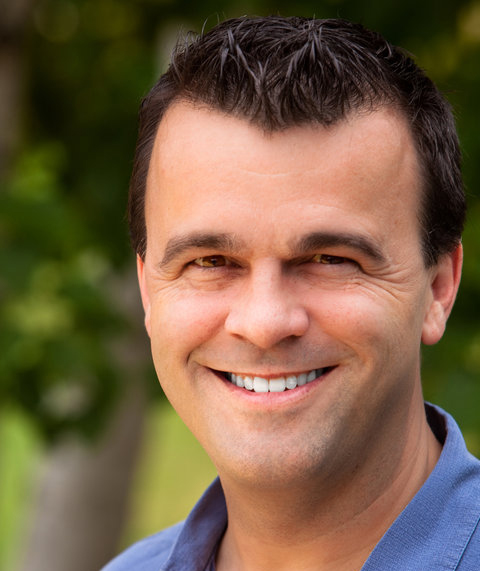Producing Corporate Identity Videos Part 3: Directing and Editing
In this final chapter of our 3-part series on Corporate Identity Videos, we'll go on set and into the editing bay with producers Rochelle Morris of Preface Films, Keith Kelly of Innovative Communications, Ryan Koral of Tell, and Dave Williams of Media Wave. Some of the clips they share here are of their own corporate identity videos.
 One of the constant challenges of producing corporate identity films that feature--as is only fitting--the actual personalities that populate the company in question is dealing with inexperienced on-camera talent. This means that the filmmaker often has to take the director's role and draw out the kind of performances that will make those personalities shine through on screen and help the company's identity shine through.
One of the constant challenges of producing corporate identity films that feature--as is only fitting--the actual personalities that populate the company in question is dealing with inexperienced on-camera talent. This means that the filmmaker often has to take the director's role and draw out the kind of performances that will make those personalities shine through on screen and help the company's identity shine through.
MediaWave's Dave Williams employs a number of strategies for helping the camera-shy relax. With CEOs who have been on camera many times, he often gets the shot in one take. But with those who are terrified, who freeze up, "there are some tricks we play," he says. For example, the moment he sees them tense, he tells them they'll turn the cameras off for a few seconds, but secretly keeps them rolling. "Then I say let's just warm up and tell me what you might say." With the shot in the bag, he'll tell them they accidentally rolled on that one and they're finished.
This works especially well with children. "It's better if they don't know the camera's rolling," he says; otherwise, they might start hamming for the camera or acting unnaturally. On one shoot that involved a group of kids eating and interacting with one another in a diner, he decided to roll cameras without telling the cast. "We decided we would tell them to sit down and have their meal and chat and then we'll roll." The shoot was over before they even knew it began.
To calm nerves even before the actors arrive on set, Williams will often sit in on hair and makeup to build a rapport with the talent. Hair and makeup, by the way, are almost always included in the budget. Clients sometimes question whether that extra cost is necessary, "but for women, we almost always insist. It's HD."
Not only that, but when you look good, he says, "you feel better and come across better on camera." He has several go-to hair and makeup artists, and carries an "emergency" make-up kit if there are any last-minute problems caused by the lights.
Here's a look at the MediaWave interview process with Dave Williams "Coaching the Talent."
Related Articles
Successfully implementing branding in online video means making sure every video you produce accurately reflects and advances your company's or client's brand identity at each stage of the production process, as well as in your production style. This article explains how and when to pay attention to branding in your productions.
To storyboard or not to storyboard? Should the story drive the interviews or vice versa? At what point in a corporate project do you set video length and budget? These questions and more are discussed in Part 2 of our Producing Corporate Identity Videos series.
In as few as 30 seconds, a singular corporate identity video can convince a website visitor of a company's expertise, poise, and uniqueness. But it's easier said than done, of course, so we talked to four leading producers about how they approach these types of projects. In this 3-part series they'll share their secrets on telling and selling corporate stories.